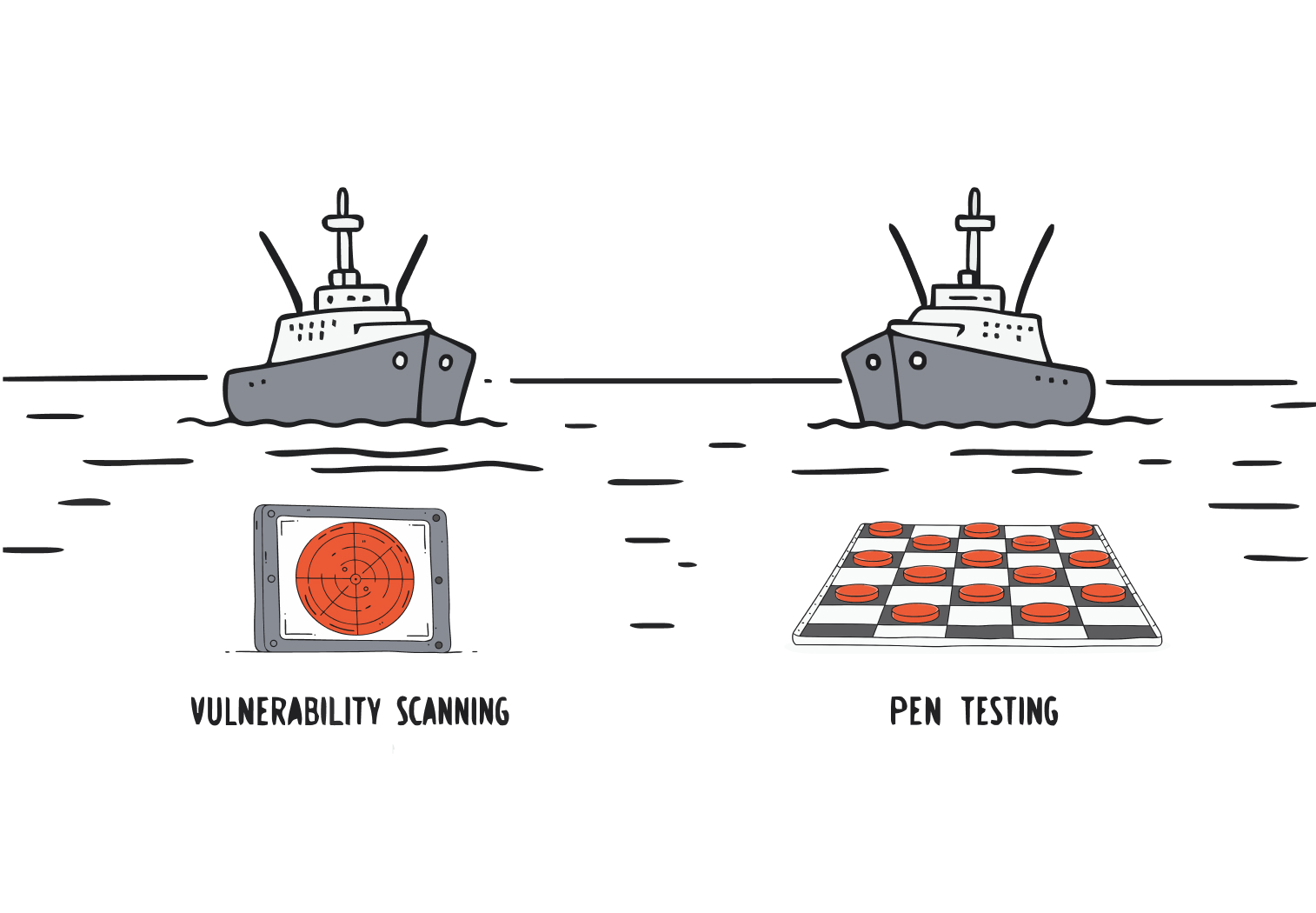Assessment & Analysis
A good incident response plan starts with a solid understanding of your business’s security posture and where it might be weak.
We begin every project with a thorough evaluation and analysis phase, which helps us identify risks, threats and opportunities for growth.
Initial Consult
With it all fresh in our minds we put together an incident response plan that’s been tweaked to meet the unique needs of your business – not just some generic blueprint.
Risk Assessment
Our team runs a detailed risk assessment to take a closer look at what you’ve got going on in terms of systems and processes. We then go through and pinpoint the areas that are exposed and vulnerable – the easy targets for cyber attackers.
Gap Analysis
Then we look at where your security measures are falling short and compare them to the best practices out there – and that helps us create a clear plan of action for closing the gap.
It all adds up to laying the foundation for a rock-solid incident response plan that’s tailor-made for your business. By figuring out where the risks and gaps are, we can help your business get in a much stronger position to bounce back from any cyber security nightmare.








